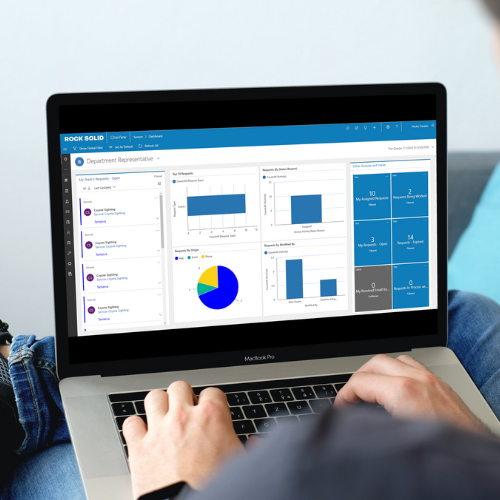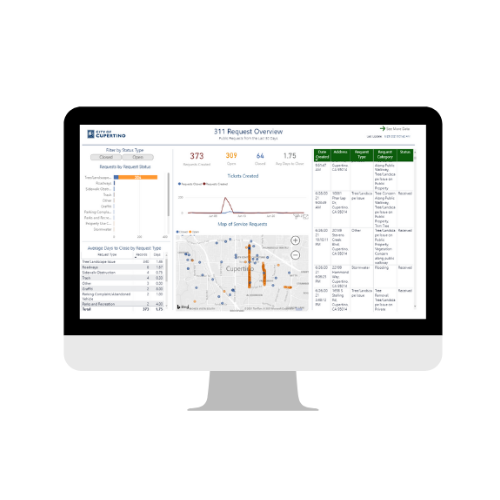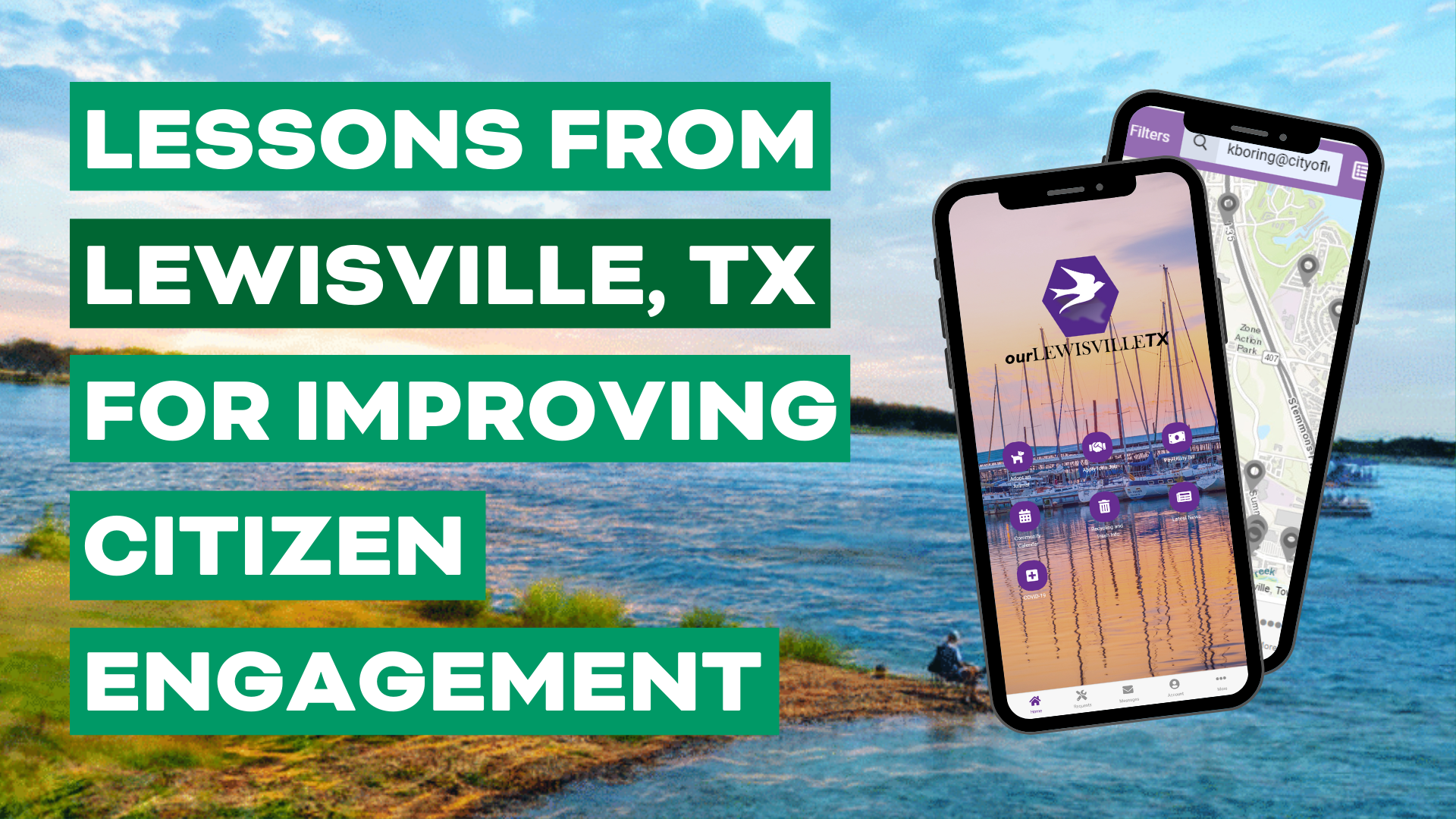What even is a CRM anyway? That term comes across in many business and marketing scenarios, the short acronym standing for Customer Relationship Manager - but in the local government sector, this stands for Constituent Relationship Manager. Salesforce, Zoho, and Monday.com are some popular ones in the business sector, and the purpose of all them can range in many functionalities- everything from lead and sales management, tracking pipeline sales, communicating with customers and clients, and tracking those interactions, automating work tasks, and the list goes on and on.
These CRM platforms offer a centralized location to capture customer interactions, making the data easily accessible to your entire organization, which is why the technology has made its way to the public sector market. Capturing data that municipalities find useful can offer the same quantitative success to public sector organizations- things like collecting resident contact information, recording service issues, communications, etc.
The case is a bit different for local government and communicating with residents and utilizing CRMs than the business sector. Most of the time residents are communicating with the local government to submit public service or 311 requests, meaning that most of the interactions that would be tracked would surround those services. A bit different than tracking a pipeline sale, but you get the idea.
For public sectors moving toward advanced and enhanced citizen engagement, a centralized hub like a government-focused CRM is a no-brainer. This is why the city of Cupertino, CA turned to technology when they needed a platform that featured a module that could help track 311 requests and improve transparency for residents and staff alike.
Here are five ways that the city advanced and excelled in citizen engagement with OneView by RockSolid (CRM) and its mobile app integration [OneLink].
1. Intuitive Platform helps Promote Citizen Engagement
The gov CRM Cupertino utilizes came with an integrated mobile app, which allows constituents to submit 311 requests and track until completion, find more information about parks and recreation, and pay utility bills. The city branded their custom app as Cupertino Connect and everyone from the Mayor to residents enjoy how easy it is for residents to submit service requests.

2. Accelerated Request Resolution Times
For CRMs in the business sector, success can be quantified in sales deal close time among other factors. For the public sector, success often means providing constituents with local government services in a timely manner.

With the government-focused CRM simplifying request routing, the city can expedite requests, the automated workflow delivering them to the right person or department, cutting unnecessary lag time. Automated request routing is further simplified thanks to the CRM directly integrating with Cityworks, a work order management system. Now staff can handle work orders without jumping across platforms.
3. Bidirectional Communication leads to a More Engaged Community
The City of Cupertino found that the opportunity for bidirectional communication between citizens and staff is another great gov-focused CRM benefit. Cupertino can reach their residents through emails, mobile push notifications, and even text messages directly from their CRM.

Specifically related to service requests, citizens who submit 311 requests via Cupertino Connect receive automated status updates as their request are processed and completed, helping them feel seen and heard. With requests contained in a single system, overall communication is improved and appreciated as staff is easily able to go back and forth with residents regarding request comments or further clarification.
4. Service Request Improvement in Tracking Data
Whether we’d like to admit it or not, numbers speak louder than words most of the time. Numbers, data, and statistics, all help provide more validity rather than just talking points for improving citizen engagement. With the government-focused CRM, Cupertino's Public Works department uses an internal 311 Request Overview dashboard in a weekly meeting as a powerful picture of request resolutions and quickly troubleshoot any issues that arise.

- Improved Transparency for Constituents
As aforementioned, numbers can speak louder than words and can create more validity for an organization. Cupertino created public 311 dashboards as an easy way to foster additional transparency for its constituents, making 311 service request data available to the public directly from the city’s website. This level of transparency helps keep city staff accountable and gives constituents sound peace of mind.

Bottom Line:
These 5 benefits of a government CRM are extremely useful for the advancement of citizen engagement- and that’s why so many of your neighbors are making the switch or integration to easy-to-use gov CRM platforms. Learn why other local governments in California are using the platform to empower and engage constituents and city staff alike on our California Customer Success Story page.

